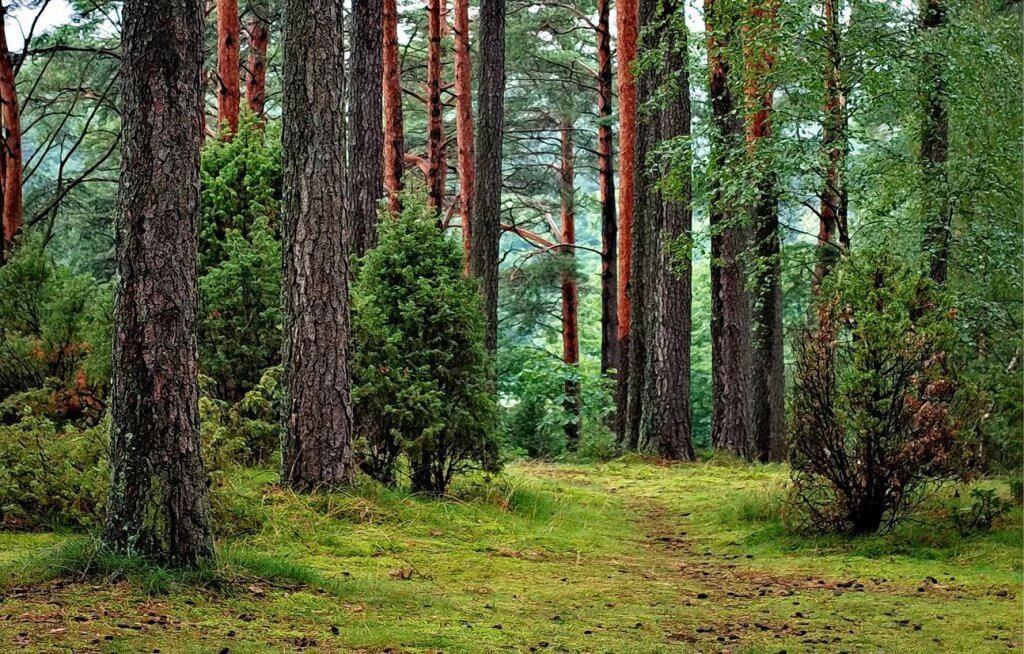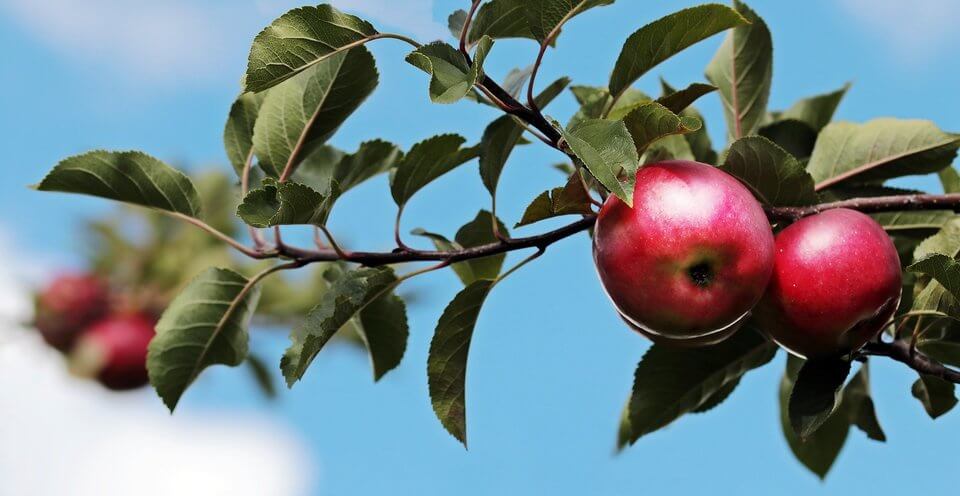How You Can Identify The Species of a Tree

If you’re a lover of the outdoors, you probably love finding out a little bit more about the wonderful trees and shrubs that live outside all year round. There are around 50 native British trees and shrubs and many more around that hail from elsewhere.
In our latest post, we give you a few handy hints of ways you can identify tree species when you are out and about.
Shape and Size
One of the first things you can use to help you identify the species of a tree is its shape and size. It is important to consider, however, that trees growing in woods tend to have narrower crowns, in comparison to those that grow in parks. Identifying the shape and size of a tree is particularly helpful when attempting to identify different types of conifers.
Leaves

Leaves can give a lot away about the species of a tree. Once again, the colour, texture and shape of the leaf can tell you a lot.
Broadleaved trees can either have simple or compound leaves. Simple leaves are whole and not divided by a central leaf vein. Compound leaves may be either pinnate or palmate. Pinate leaves run in pairs down a central vein. On the other hand, true to its name, palmate leaves grow in the shape of a palm on one stalk.
Bark
The bark of a tree develops as the tree ages. If you stop to look at the bark of the trees around you, it’s likely that you’ll notice some striking differences. Some types of bark you may notice include:
Smooth
Scaled
Peeling strips
Vertical cracks
Uninterrupted ridges
Intersecting ridges
Tree Maintenance
At Treesaw, we are tree surgery specialists and carry out a wide variety of services to ensure the health and safety of trees across Bradford, Leeds, Harrogate and Wakefield. If you have a tree that requires maintenance, please call our dedicated team on 0113 239 1271.
